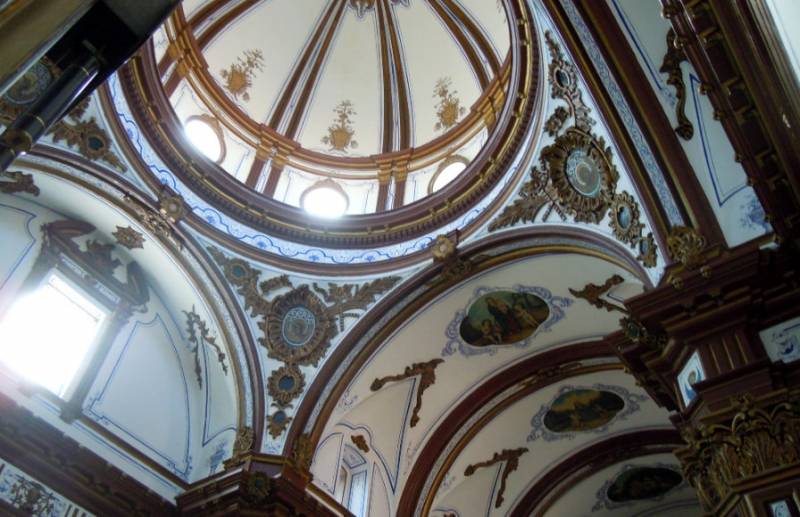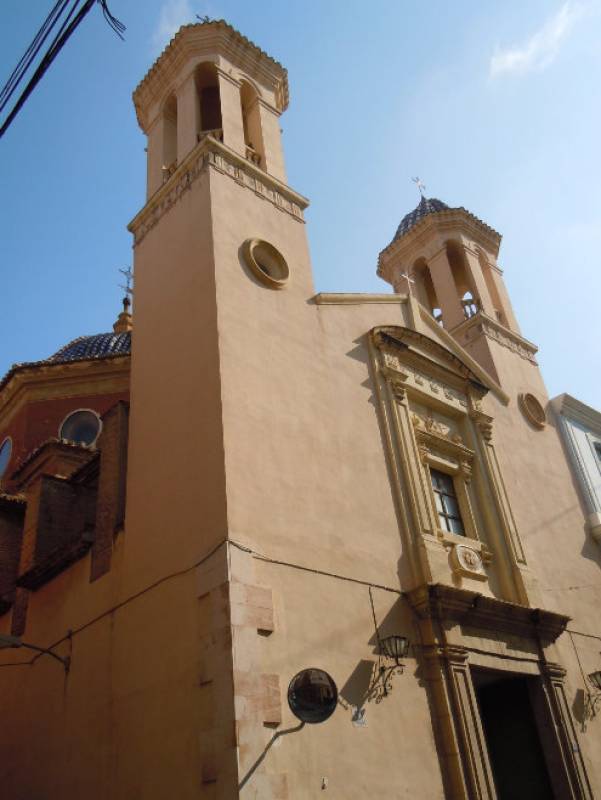

Guidelines for submitting articles to Santa Rosalia Today
Hello, and thank you for choosing Santa Rosalia.Today to publicise your organisation’s info or event.
Santa Rosalia Today is a website set up by Murcia Today specifically for residents of the urbanisation in Southwest Murcia, providing news and information on what’s happening in the local area, which is the largest English-speaking expat area in the Region of Murcia.
When submitting text to be included on Santa Rosalia Today, please abide by the following guidelines so we can upload your article as swiftly as possible:
Send an email to editor@spaintodayonline.com or contact@murciatoday.com
Attach the information in a Word Document or Google Doc
Include all relevant points, including:
Who is the organisation running the event?
Where is it happening?
When?
How much does it cost?
Is it necessary to book beforehand, or can people just show up on the day?
…but try not to exceed 300 words
Also attach a photo to illustrate your article, no more than 100kb

The church of Nuestra Señora de los Dolores (Hospitalico) in Yecla
A 16th-century baroque church which was fully restored after the Spanish Civil War
 The church of Nuestra Señora de los Dolores, also known as the Iglesia del Hospitalico, is located in Calle Hospital in Yecla and owes its name to the fact that it adjoins the building which, in the 16th century, was the old Hospital de Caridad, as recorded in the documents which were compiled on the orders of King Felipe II in 1575 (click for map).
The church of Nuestra Señora de los Dolores, also known as the Iglesia del Hospitalico, is located in Calle Hospital in Yecla and owes its name to the fact that it adjoins the building which, in the 16th century, was the old Hospital de Caridad, as recorded in the documents which were compiled on the orders of King Felipe II in 1575 (click for map).
 This is a fairly typical Murcia baroque-style church, with three naves separated by semi-pointed arches and a semi-spherical dome, while the altarpiece of the presbytery was brought here from the Santuario del Castillo in 1977, after a new one had been created for the sanctuary. The “camarín” contains a sculpted figure of the Virgen de los Dolores by Ponsoda y Bravo (1942) beneath a large statue of Christ on the Cross by José Justo Villaba (1950), and alongside are figures of St John the Baptist and Santa María Magdalena.
This is a fairly typical Murcia baroque-style church, with three naves separated by semi-pointed arches and a semi-spherical dome, while the altarpiece of the presbytery was brought here from the Santuario del Castillo in 1977, after a new one had been created for the sanctuary. The “camarín” contains a sculpted figure of the Virgen de los Dolores by Ponsoda y Bravo (1942) beneath a large statue of Christ on the Cross by José Justo Villaba (1950), and alongside are figures of St John the Baptist and Santa María Magdalena.
The interior decor has been restored relatively recently, but the church was first built around the time of Felipe II’s documentation in the late 16th century, along with the foundation of the Brotherhood of La Soledad. However, by the mid-20th century this brotherhood was all but defunct, and in 1934 restoration work on the church became a necessity. Unfortunately, though, the Spanish Civil War broke out just two years later and the church was the victim of arson and looting, during which the original sculpture of the Virgin was either lost or burnt.
After the war, though, in 1942, Cayetano de Mergelina y Luna (a local dignitary after whom the archaeological museum is named) ordered a new sculpture from José María Ponsoda y Bravo and the brotherhood of La Soledad was reinvigorated. Three years later restoration work began again and the church was officially reopened as the “Templo Eucarístico de Ntra. Sra. de los Dolores” in 1952.
In 1980 another brotherhood was formed, the Hermandad Penitencial del Santísimo Cristo de la Salud, María Santísima Dolorosa y San Juan de Jerusalem, and nowadays the Iglesia de Los Dolores is included in many of the fiestas and processional routes of Yecla.
Mass is held in the church once a week, on Sundays at 12.30.
Source and images: basilicadelapurisima.com
For more local visiting information go to the home page of Yecla Today.









